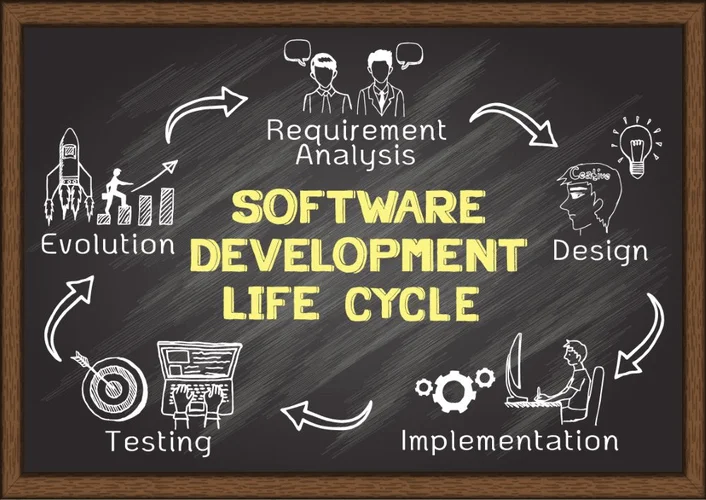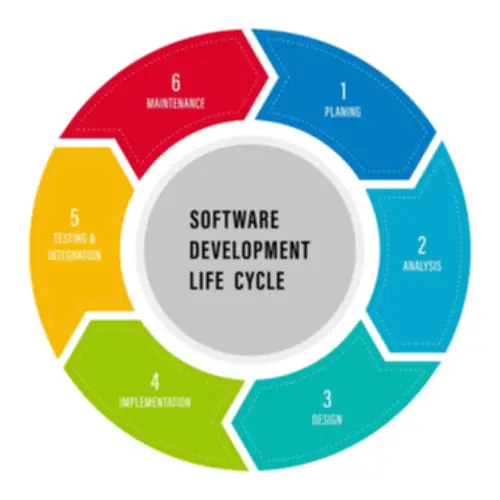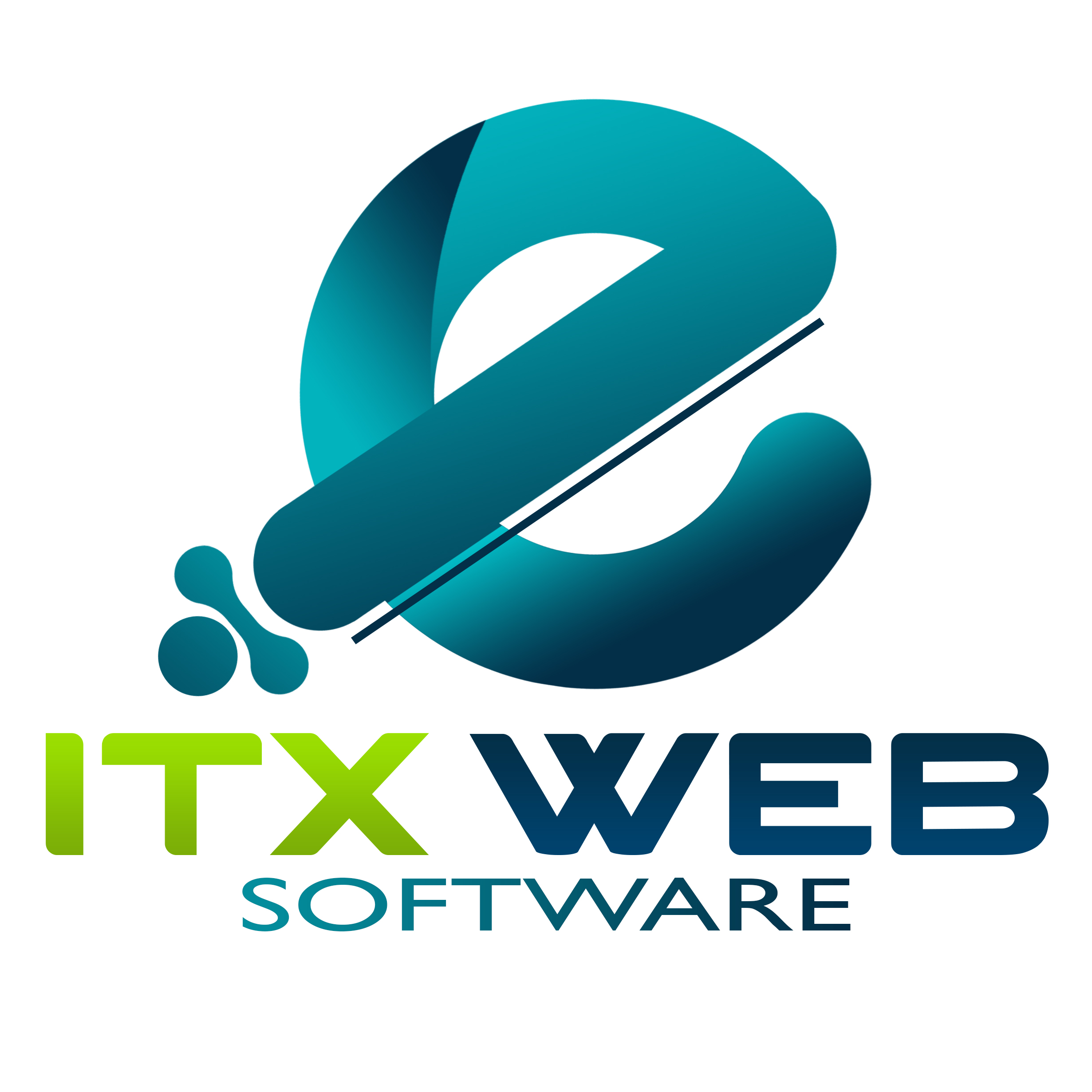Customized solutions combine particular IoT gadget networks with specialized analytics software program. For example, an energy operation makes use of sensors to measure windmill performance metrics and make real-time selections to take care of, switch off, or repair the windmills. Data can also be used for predictive planning of latest infrastructure based mostly on anticipated demand. In common, “real-time” refers to the amount of time required to assemble information, put together it for evaluation, and make it usable for making decisions. Analysts can get up-to-date data on server or community situations because of the continuous flow of information generated by operation business intelligence data gathering. Globally, the digital revolution in the manufacturing business is accelerating, resulting in sooner operations and higher information collection than prior to now.
Introduce Oi To Staff And Set Up A Feedback Loop
Operational intelligence, on the other hand, is extra concerned with methods than with profit. Operational intelligence is the method of gathering and analyzing data in real-time to establish patterns or anomalies that may impression the performance of IT methods and to help front-line employees in making essentially the most knowledgeable selections concerning resolving these issues. Others may launch a response the second an assault begins, decreasing the time it takes to stop a breach. AI might take over tedious, repetitive monitoring tasks, letting safety teams concentrate on the large stuff.
This is why the vast majority of industrial OI platforms choose to utilize interactive dashboards as a way to visualize knowledge in a compelling kind. There are still many points related to correct utilization of dashboards corresponding to choice of dashboard templates, customization of a chosen dashboard template to fit the necessities the easiest way attainable, and even the choice of colours, charts and diagram types. Right Here are the forms of information which are most commonly despatched to industrial OI systems for processing and analysis.

By doing so, they make sure that technology adoption isn’t just top-down however built-in throughout the organization. With knowledge now a critical business asset, CIOs are becoming its stewards, answerable for making it accessible, usable, and valuable across the entire group. Yet, to make this transformation profitable, CIOs must bridge the hole between technical expertise and enterprise strategy.
Naturally, on the core of most OI options is the flexibility to mannequin business metrics and generate KPIs (key efficiency indicators) which are calculated using the information collected from sources all through the organization’s IT network. If a company has a contemporary knowledge storage infrastructure in place, such as knowledge lake and unified namespace (UNS), it can be leveraged to allow an OI platform to utilize large quantities of operational knowledge kept in this storage. Using this knowledge, the platform can generate market predictions, enterprise developments and forecasts. When it comes to specific industries, the retail trade will be the most energetic in adopting OI instruments and options, rising on the highest CAGR of thirteen.2% in the course of the forecast period AI Robotics.

Machine Learning And Big Knowledge Analytics
That Is still the case in some organizations, though many have shifted to dashboards with the ability to drill down into data for additional evaluation. In addition, self-service BI tools let customers run their own queries and create information visualizations on their own, but the focus is still totally on analyzing information from the previous. Standard BI systems support the evaluation of historical knowledge that has been cleansed and consolidated in an information warehouse or knowledge mart earlier than being made out there for business analytics uses. BI purposes usually goal to tell company executives and business managers what happened in the past on revenues, profits and other KPIs to help in budgeting and strategic planning. The primary good factor about OI implementations is the flexibility to handle operational points and alternatives as they come up — and even before they do, as in the case of predictive upkeep.
For instance, within the healthcare industry, operational intelligence can be utilized to watch affected person very important indicators in real-time. If certain important indicators deviate from the normal vary, automated alerts could be sent to healthcare suppliers, enabling them to intervene promptly and stop potential problems. By making use of statistical evaluation, knowledge mining, and machine learning algorithms, organizations can uncover patterns, trends, and correlations within the operational data.
The basis of Operational Intelligence lies in accumulating and processing vast quantities of real-time information from numerous sources. This data can embrace machine-generated information, log information, sensor data, social media feeds, and more. The advent of superior applied sciences like IoT (Internet of Things) and AI (Artificial Intelligence) has revolutionized the best way organizations capture and analyze information.
Whereas AI enhances operational efficiency https://www.globalcloudteam.com/ and personalizes buyer experiences, it also presents significant challenges, for example, AI replaces labor and the interaction between the vacationer and the service provider decreases. New risks are emerging in varied areas of tourism that have to be managed to make certain that they do not have negative impacts. With more and more subtle threats, businesses are shifting to a proactive mindset, using global requirements like NIST and ISA/IEC to guide their safety strategies. A compromised device or an unsecured remote connection isn’t merely an information breach—it can halt manufacturing traces or disrupt critical infrastructure. Attackers are increasingly exploiting vulnerabilities where IT and OT systems intersect, turning this gap into a major concern for organizations. With this AI increase, CIOs should work across departments to guarantee that know-how is embedded into every side of the enterprise in methods similar to embedding IT staff members inside departments like advertising, finance, and operations.
- The best thing about operational intelligence is that, once it’s put into apply, everyone can see that the brand new procedures are significantly quicker and extra environment friendly than the old ones.
- Every group has a singular tech stack, which is usually made up of native software program and cloud platforms.
- Applied Sciences like information mining had been developed as a way to glean operational and enterprise insights from massive knowledge shops, however this kind of evaluation took time — meaning only occasional snapshots had been out there, and not steady monitoring.
- In general, “real-time” refers to the period of time required to collect information, put together it for analysis, and make it usable for making decisions.
By specializing in these five priorities, CIOs can drive development whereas managing innovation, knowledge, change, and security. And with the proper support and strategy, CIOs can unlock the total potential of AI and build the organizations of the future—resilient, adaptive, and ready for the challenges ahead. CIOs at the moment are key gamers in driving innovation and business development, not simply maintaining things working. To succeed, they want to make sure know-how supports the company’s objectives, focusing on progress through better customer experiences, new merchandise, and improved processes. Gone are the times when CIOs have been solely responsible for maintaining IT infrastructure and making certain operational intelligence solution techniques ran smoothly. With the explosive development of artificial intelligence and cloud know-how, the CIO role is experiencing a profound transformation.
Operational intelligence is a dynamic strategy that focuses on accumulating, analyzing, and appearing upon real-time information to reinforce operational efficiency. It allows organizations to achieve priceless insights into their operations, identify patterns, detect anomalies, and respond swiftly to emerging tendencies or challenges. Not Like conventional business intelligence, which primarily relies on historic knowledge, operational intelligence thrives on up-to-the-minute data to drive agile decision-making.
Operational Intelligence is shifting beyond descriptive and diagnostic analytics in the path of predictive and prescriptive capabilities. Predictive analytics helps organizations anticipate future occasions or outcomes based mostly on historical data, whereas prescriptive analytics provides actionable recommendations to optimize operations and decrease dangers. Integration complexities can come up when organizations have multiple systems and data sources that must be connected for a complete operational intelligence solution. It is important to have a well-defined integration strategy and the required technical expertise to integrate disparate techniques seamlessly. Understanding the differences between operational and enterprise intelligence is essential to contextualizing and taking action on the knowledge and insights provided by your analytics tool suite. While operational and enterprise intelligence are both used to drive action and inform decision-making, key differences set apart these two areas of analysis.
Different OI tools and platforms usually help a range of various knowledge connections via APIs, per-built software connectors, drivers, and different methods of data integration. Make positive the OI resolution of your alternative could be easily integrated with the existing information silos and the ones you might be still planning to determine as part of your industrial OI infrastructure. Real-time information evaluation is certainly one of the most vital options separating industrial OI options from other analytical technologies. When deciding on one, you need to ensure the solution really helps all the required features in full. In most cases, the existing operational information silos within the group must be augmented with new streams of information, built-in and synchronized across completely different techniques, tools and firm departments. Or, in other words, your teams want to realize data integrity before it might be successfully processed by an industrial OI platform.

Both a reside dashboard and reports assist react to circumstances as they come up and supply a more complete image of the present environment. The most effective OI options provide reporting that’s comprehensible to non-expert data scientists as properly. Some are partnering with universities to create a gentle stream of certified candidates. It takes a combination of technical expertise and a strong understanding of business methods, which makes hiring even more difficult. Think About losing a multimillion-dollar deal because your business wasn’t seen as a protected companion. That’s the reality for companies that don’t prioritize compliance—it’s not just dangerous, it’s bad for business.
The major difference between BAM and OI appears to be within the implementation particulars — real-time situation detection seems in BAM and OI and is commonly carried out utilizing CEP. Furthermore, BAM focuses on high-level process models whereas OI as a substitute relies on correlation to deduce a relationship between different events. Cloud technology is making strides in ICS/OT environments, providing new ways to deal with monitoring, disaster recovery, and knowledge evaluation. For occasion, some companies use the cloud to process telemetry knowledge from industrial equipment in real-time.
